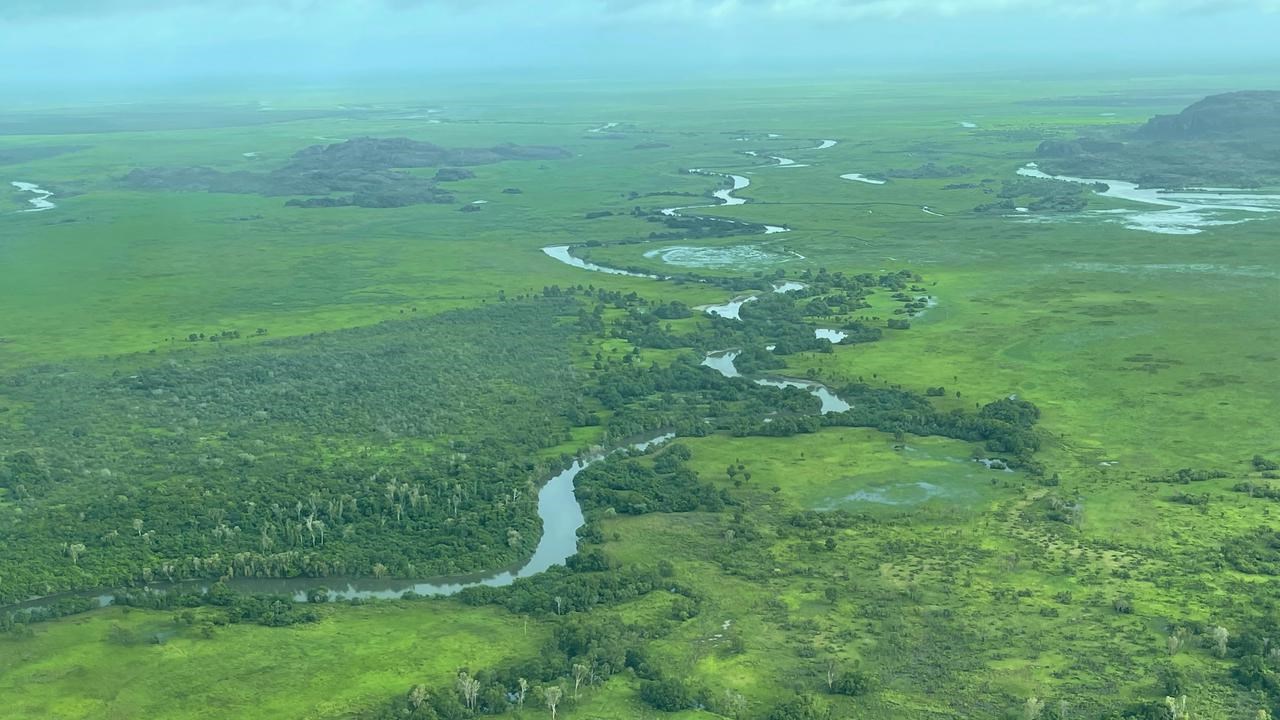About greenhouse gases
Greenhouse gases are the gases in the atmosphere which trap heat, with the main three being carbon dioxide, methane and nitrous oxide. They are released naturally from inland waters, but human activities can greatly increase these emissions.



